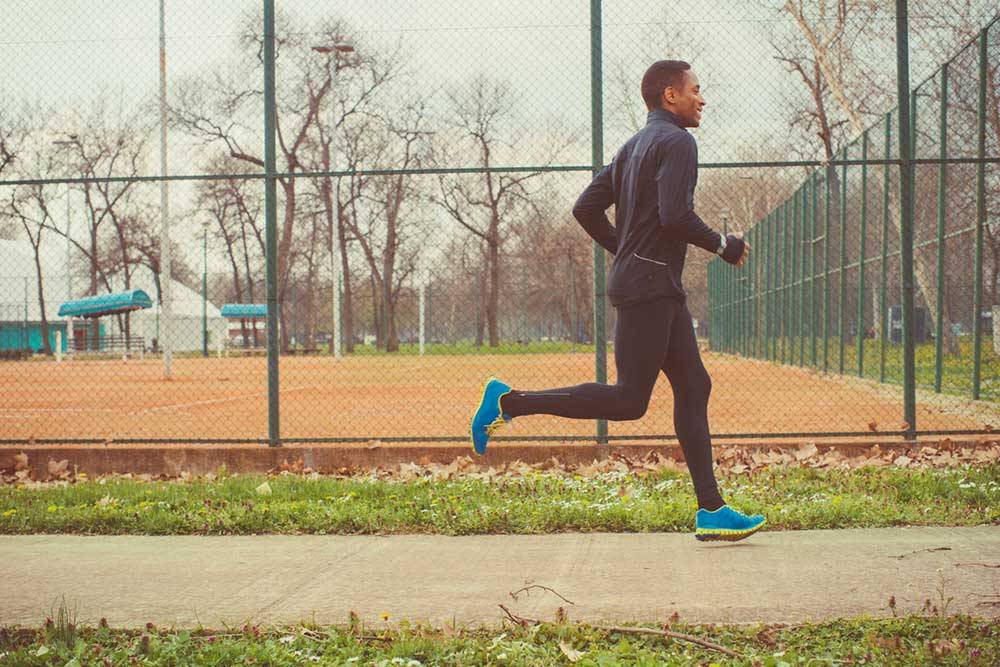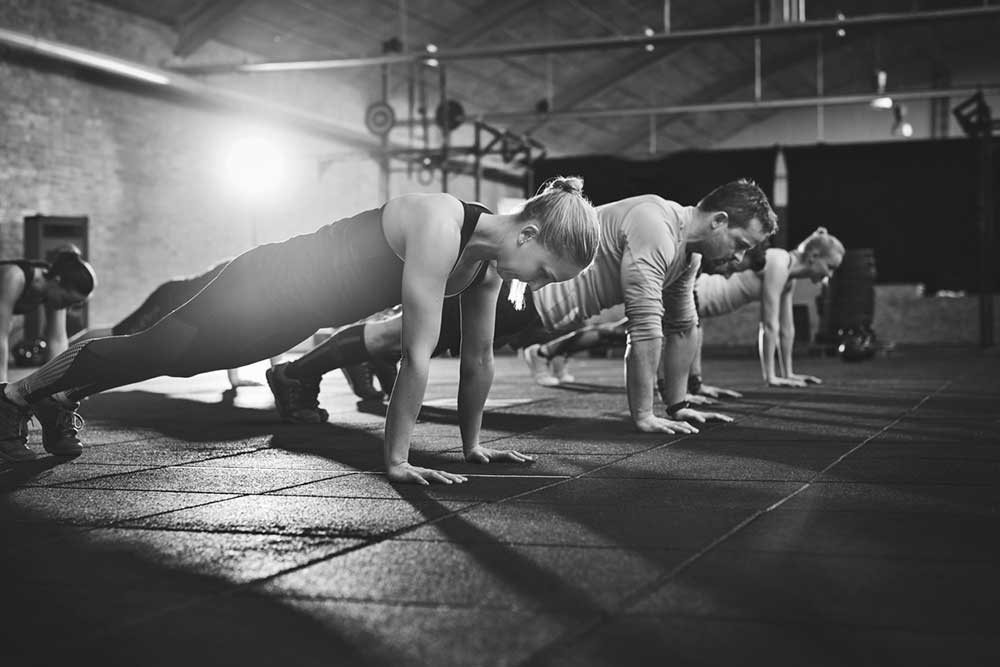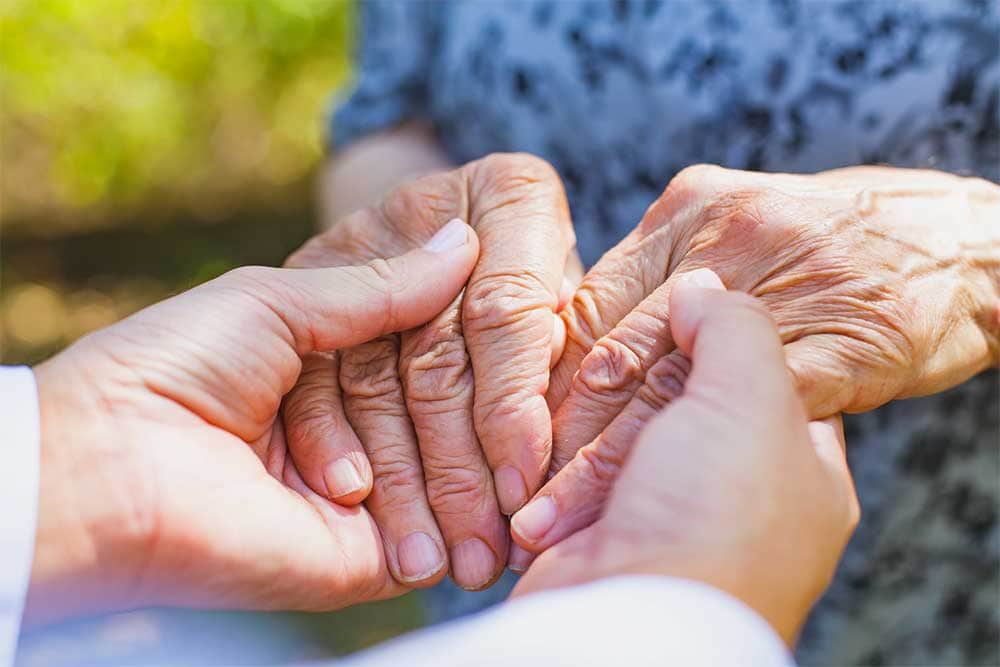A Look Inside The Mind Of Distance Runners

Catherine O’Brien
Have you ever driven past a runner and thought “I wonder what is going through their head”? If you are like me, the answer is yes. In addition to observing pace, stride, and posture, I’ve recently found myself trying to decode distance runners faces to get a sense of what they are feeling or thinking. Like many runners, I use running as both a means to stay fit as well as a way to escape the stresses of the day. As such, I try to imagine, even for just a brief passing moment, what the runner on the side of the road is thinking. Fortunately, it turns out that I am not the only one with this interest.
For years, researchers have been examining the physiological and psychological processes and outcomes associated with running. Some studies rely on the journal entries runners collect while others use retroactive interviews. Of course, there are some obvious flaws to collecting information about the thoughts and feelings of runners after the fact. For one, the human memory is often imperfect and retroactive interviews may not produce accurate or complete accounts of the runner’s experience.
Secondly, an individual may desire to come off a certain way and thus may make a greater effort to filter what he or she is reporting. In order to address this, Samson, Simpson, Kamphoff & Langlier (2017) explored the use of a “think-aloud” method of gathering information from runners during a distance run. Samson et al. point out that a think-aloud strategy had proven to be an effective method of measurement for short-term athletic competitions but had not previously been utilized in a long-term situation such as distance running. The aim of their research was to use the think-aloud strategy to explore the thoughts of distance runners.
Related Article: Power Training For Runners
The Study:
 The participants in the study were distance runners who had completed at least one marathon (26.2 miles) in the past year and who were presently training for a race. They were experienced runners but not considered to be elite runners. The first step of the study was to familiarize participants with the think-aloud format. In order to do this, the researchers gave the participants three problems to solve or questions to answer and asked participants to “think-aloud” and verbally say everything that came to mind throughout his or her thought process. These tasks included solving an anagram, solving an arithmetic problem and naming twenty different animals.
The participants in the study were distance runners who had completed at least one marathon (26.2 miles) in the past year and who were presently training for a race. They were experienced runners but not considered to be elite runners. The first step of the study was to familiarize participants with the think-aloud format. In order to do this, the researchers gave the participants three problems to solve or questions to answer and asked participants to “think-aloud” and verbally say everything that came to mind throughout his or her thought process. These tasks included solving an anagram, solving an arithmetic problem and naming twenty different animals.
Once the participants demonstrated that they understood the concept and got the hang of thinking aloud, the running aspect was introduced. Participants ran on a treadmill at a self-selected pace and were asked to employ the same think-aloud method they had just learned. In this way, they were encouraged to verbalize anything that came to their mind. After participants demonstrated the think-aloud while running, they moved on to the outdoor run.
Participants were hooked up with small microphones and trackers so that their pace, distance, and verbalizations could be recorded. They then were instructed to go on a long distance run of 7 miles or more along whatever route they preferred. Similar to the treadmill trial, participants were told to verbalize whatever came to their head. They were told there was no need to try to explain their thoughts and to just think-aloud through the duration of the run as though no one was listening.
The Results:
While I’ll admit that I was skeptical of this research design, the results were rather interesting. They identified three primary categories of thought: 1. Pace and Distance, 2. Pain and Discomfort and 3. Environment. Pace and distance thoughts were to be expected as all participants were training for an upcoming race. Samson et al. suggest that pace and distance thoughts show that the runners are frequently very tuned in and aware of his or her pace at a given moment.
Their recordings also revealed that many runners utilized positive self-talk to give them a boost. This finding led me to think about how runners’ thoughts may be different if they were not training for a race. While I think this finding is relevant and interesting, I found myself wondering how these results may be different in runners not training for a race. I imagine that recreational runners who were not training for a race would demonstrate fewer thoughts pertaining to pace.
Head Games:
The next category of thought was pain and discomfort. I was actually surprised to learn that pain and discomfort were such significant and present thoughts because, for me personally, it did not initially ring true. Then again, this may demonstrate the efficacy of real-time methods of capturing information. I thought it was interesting how Samson et al. identified and discussed the significance of the part of the run in which the pain occurred. A significant amount of the pain and discomfort thoughts occurred at the beginning of the run as participants were warming up, working out their kinks and loosening tight muscles. Once again, I think it would be interesting to conduct similar exploratory analyses with recreational runners who weren’t training for a race. I would imagine that, similar to thoughts related to pace and distance, among recreational runners, thoughts related to pain and discomfort would decrease.
Finally, the third category included thoughts relating to nature and the environment. This was the finding I was waiting for. One of the greatest joys of running in the outdoors, especially at odd hours, is observing and appreciating nature. Participants expressed feelings of gratitude toward the beauty around them and took notice of the wildlife on their paths. Of course, there were elements of the environment like bad weather and traffic that produced negative thoughts.
Distance Runners Mental Game:
I think the measurement method of this study was interesting but not without its limitations. Fitness trackers offer a good way to measure and improve. While the researchers encouraged runners to think-aloud without filtering, there is no way to be sure that they were verbalizing every thought that came to mind. That said, I do think that participants may have shared more freely in the moment using the think aloud method compared to how much they might share in a retroactive interview. In this way, I give the researchers credit for identifying a means of gathering real-time information from runners. I think the study would be strengthened by introducing a comparison group of runners who were experienced, but not training for a race. I would expect (and hope) that this research might reveal more frequent positive thoughts of gratitude, enjoyment, and relaxation.
Related Article: Who Takes The Cake At Pacing During The Marathon?
You Might Like:
Reduce Cigarette Cravings with Acute Exercise
Catherine O’Brien It is no secret that smoking is a major health hazard that significantly increases risk of cancer, heart disease, stroke and other health problems. That said, 20% of adult men and 16% of...Effects of Outdoor Exercise
Catherine O’Brien Why Does Exercising Outdoors Feel So Much Better? I have always been a proponent of outdoor exercise, particularly running. There is something so satisfying and therapeutic about the fresh air and the sound...Music – Your HIIT Recovery Secret Weapon
Catherine O’Brien The effects of music on exercise experience is a common theme throughout my articles. I am always interested in the relationship between music and physical activity and how music can alter an exercise...Vestibular Migraines: Could Exercise Be The Answer?
Catherine O’Brien My last article highlighted the inverse relationship between headaches and VO2 max levels such that individuals who experienced headaches regularly had, on average, lower VO2 peaks than their control counterparts. Perhaps one of...Which Is Better For The Brain – Long Duration Or Short High Intensity Exercise?
Catherine O’Brien High intensity interval training (HIIT) is a form of exercise that utilizes “repeated bouts of short-to-moderate duration exercise at an intensity of 85-90% of peak oxygen uptake or 90-95% of peak heart rate...3 Strength Exercises For Individuals With Essential Tremor
Catherine O’Brien Essential tremor (ET) is a neurological disorder characterized by involuntary and rhythmic shaking. Typically, tremors occur in upper extremities such as the hands but tremors can exist in other body parts as well...References:
Ashley Samson, Duncan Simpson, Cindra Kamphoff & Adrienne Langlier (2017) Think aloud: An examination of distance runners’ thought processes, International Journal of Sport and Exercise Psychology, 15:2, 176-189,
















